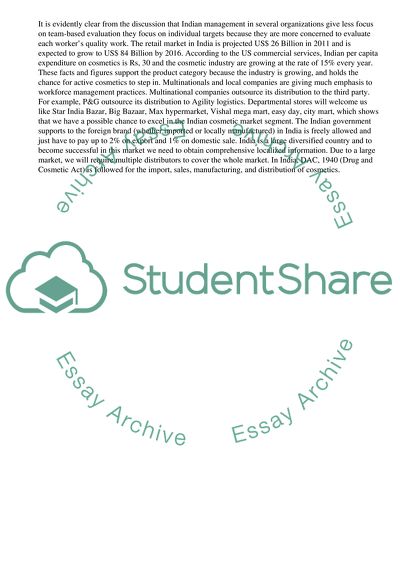Cite this document
(“Main Cross-Cultural Issues in Managing the Organization Essay - 1”, n.d.)
Main Cross-Cultural Issues in Managing the Organization Essay - 1. Retrieved from https://studentshare.org/management/1463494-analysis-and-discussion-of-main-cross-cultural-issues-in-managing-the-organisation-internationally
Main Cross-Cultural Issues in Managing the Organization Essay - 1. Retrieved from https://studentshare.org/management/1463494-analysis-and-discussion-of-main-cross-cultural-issues-in-managing-the-organisation-internationally
(Main Cross-Cultural Issues in Managing the Organization Essay - 1)
Main Cross-Cultural Issues in Managing the Organization Essay - 1. https://studentshare.org/management/1463494-analysis-and-discussion-of-main-cross-cultural-issues-in-managing-the-organisation-internationally.
Main Cross-Cultural Issues in Managing the Organization Essay - 1. https://studentshare.org/management/1463494-analysis-and-discussion-of-main-cross-cultural-issues-in-managing-the-organisation-internationally.
“Main Cross-Cultural Issues in Managing the Organization Essay - 1”, n.d. https://studentshare.org/management/1463494-analysis-and-discussion-of-main-cross-cultural-issues-in-managing-the-organisation-internationally.


